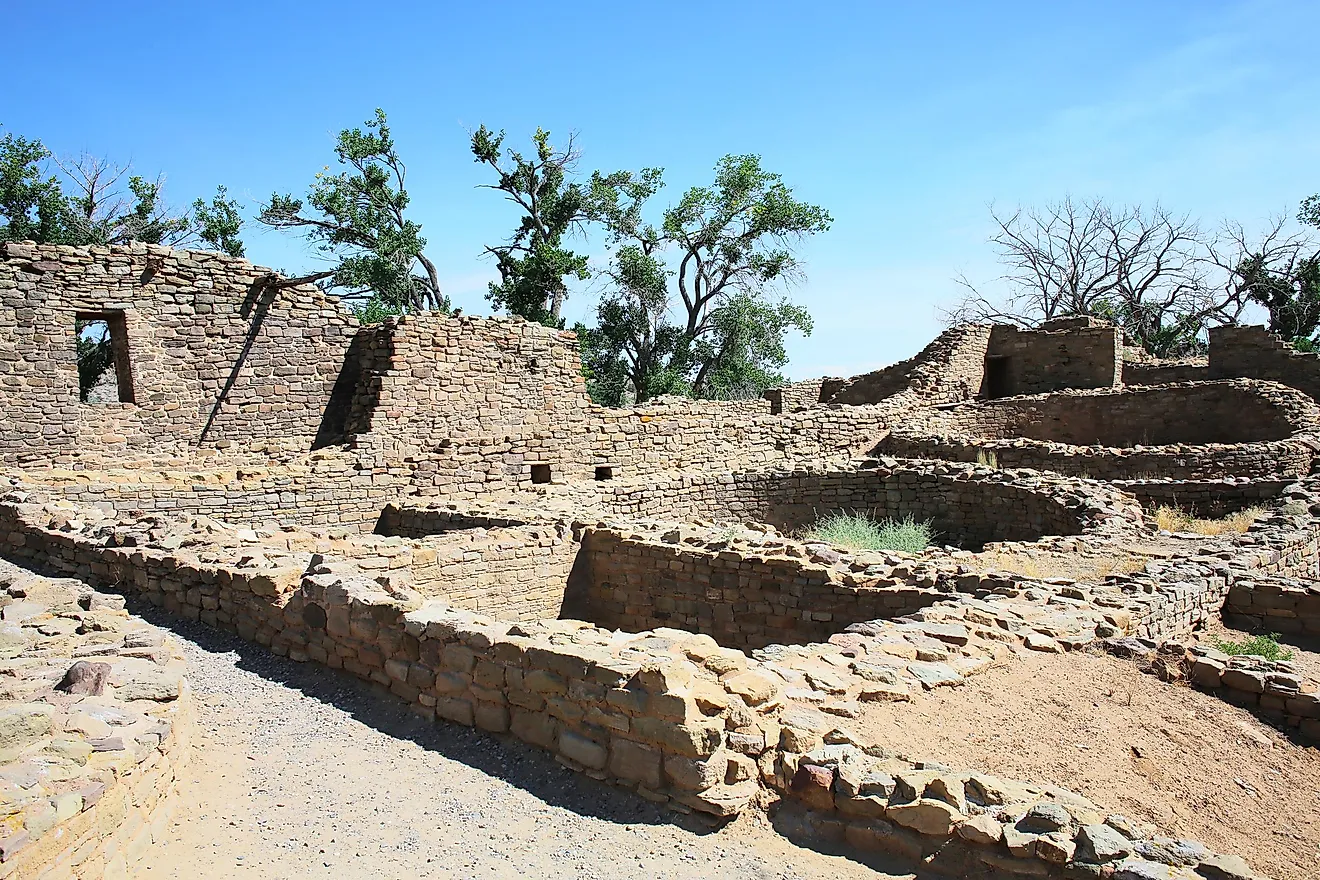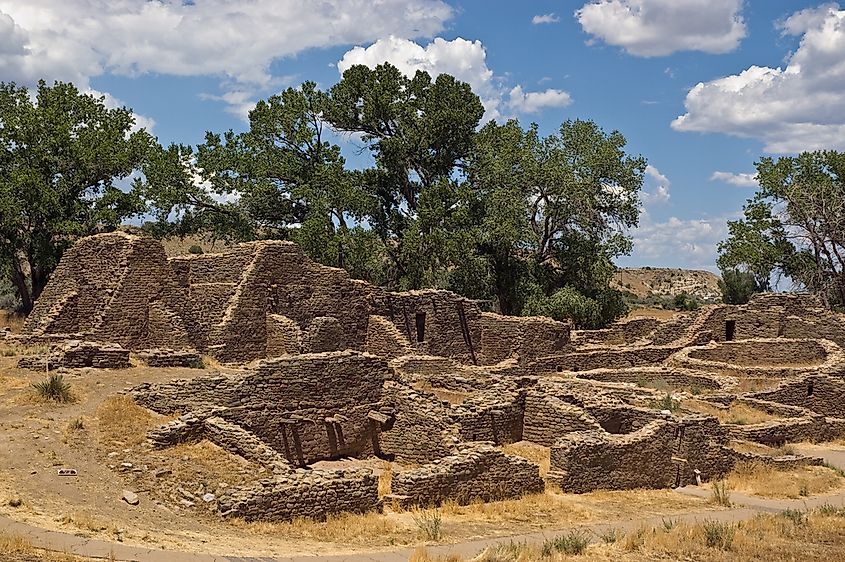Aztec Ruins National Monument - Unique Places in New Mexico

The Aztec Ruins National Monument is an archaeological site found in the northwestern part of New Mexico in the United States. It is found on the Animas River in Aztec city and about 16 kilometers from the Colorado border. The Aztec Ruins provide a glimpse into the ambitious project by the Pueblos who constructed one of the most advanced settlements in 1100.
Habitat
The Aztec National Monuments are in New Mexico and represent the cultural history of the ancestral Pueblo people who constructed a planned community over 1,000 years ago. The Aztec Ruins National Monument form an integral part of the Chaco Culture and history. Located along the banks of Animas River, the ruins preserve the remains of the largest settlement and community by the ancestral Pueblo people.
The location of the site is attributed to its proximity to the Animas River. The Pueblos began constructing the settlement close to the river to take advantage of the constant supply of water. Since most Pueblos were farmers, the river would be an ideal settlement which would then ensure enough food supply.
Description

The ancient settlement was built in 1100 when work gangs began to excavate, fill and level land covering more than two and a half acres. Sandstone blocks were laid out in intricate patterns to form huge stone walls. Log beams were extracted from the nearby mountain forest and transported by woodworkers a distance of about 10 miles. The overall construction of the settlement took more than 30 years to complete. The outcome was a monumental multi-layered settlement with up to three stories. The length of the completed structure was equal to a football field with more than 500 rooms and a ceremonial room known as the ‘kiva’ which stretched 41-feet in diameter.
Tourism
Today, the site is a popular tourist destination with a myriad of activities to undertake, which include exploring the ancient Pueblo architecture. A trail winds through the site offering extensive views of the site and revealing the original plaster walls and roofs that have survived close to 1,000 years. Towards the end of the trail is the great Kiva which was an ancient structure constructed for ceremonial purposes. The Kiva inspires wonder and contemplation at the ancient technology employed at the time and also inspires sacredness. Other notable features at the Aztec monuments include T-shaped doorways, reed mats, north-facing corners and much more.
Uniqueness
The Aztec Ruins National Monument site is unique in that it documents the earliest settlements of the ancestral Pueblo people. The site represents the cultural heritage of the American Indians of today and creates a connectedness with their historical and cultural origins. The ruins are however mistakenly named after the Aztecs of Mexico. The early European settlers attributed the ruins to the Aztecs of Mexico instead of the Pueblo people.
Threats
The main threats facing the archaeological site include the encroachment of human settlement through urbanization and funding cuts which derail the preservation efforts. Lack of enough funding by the federal government denies the heritage site the full capacity for operation and maintenance.











